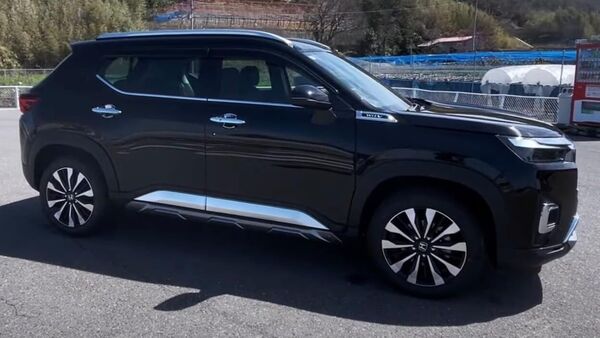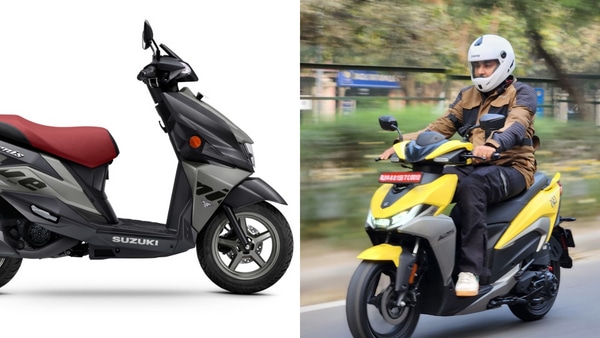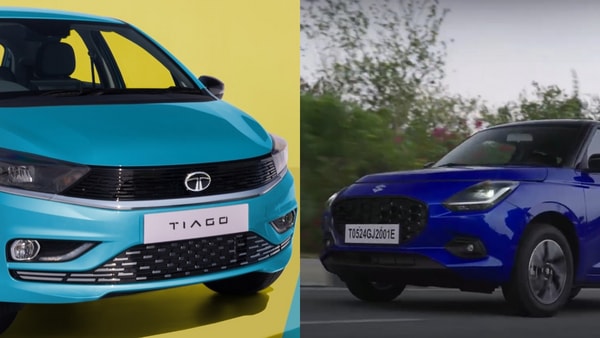
Planning to use tinted film on your car windows? You must know these rules
5 months ago | 5 Views
Tinted film on car windshields and windows is a common sight across India. While many automakers offer tinted glass on their vehicles, some consumers prefer buying and applying tinted film on their vehicles' windshields and windows from aftermarket. The tinted film works as a shield against the sun's UV rays, helping in the reduction of the in-cabin heat. Also, it helps in the prevention of fading and damage to the car's interior in the long run.
However, in 2012, the Supreme Court of India banned tinted films on car windows due to several cases of crimes committed inside vehicles with tinted windows. This has created confusion among the car owners - whether to use the tinted film or not. Also, there is confusion over the level of visibility permitted through the tinted film used on car windows.
If you are planning to use tinted film on your car, here is some key information that you must know.
Windshield and window visibility
According to the law, the front windshield and rear windshield must have at least 70 per cent visibility. On the other hand, the side windows of the car must have at least 50 per cent visibility. Any tinting that reduces visibility below these permitted levels is illegal. Violating the rules regarding this can lead to fines or other legal consequences.
Use of tinted film with permitted norms is legal
It is often reported by motorists across India that they face harassment by law enforcement officials for using tinted films on their vehicles even if the windshield and windows' tinted films are compliant with the norms. As per the amendment of Section 100 of the Central Motor Vehicle Rules, which came into implementation on 1st April 2021, the use of safety glazing is permitted in place of safety glasses on the front, rear and sides of motor vehicles.
Safety glazing conforming to the 2019 norms of the Bureau of Indian Standards is permitted. A plastic-made tinted film applied to the inner surface of safety glass is included in the definition of safety glazing. The amended regulations require the front and rear windshields must have 70 per cent transparency, while side windows must have 50 per cent transparency.
Referring to this amendment, the Kerala High Court earlier this year clarified that the use of tinted films on cars is legal. However, the court also stated that the tinted films must comply with the norms.
Read Also: India is right place for technology-defined cars, says global software firm CEO
HOW DID YOU LIKE THIS ARTICLE? CHOOSE YOUR EMOTICON !
#




















